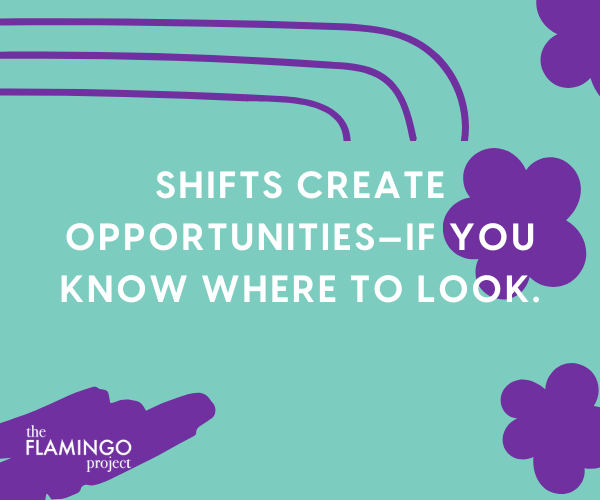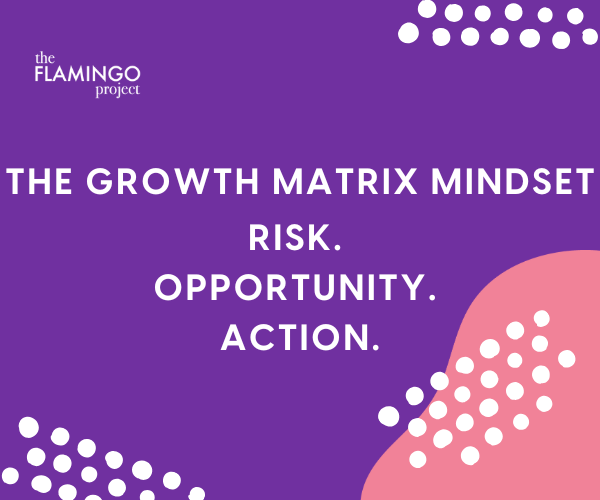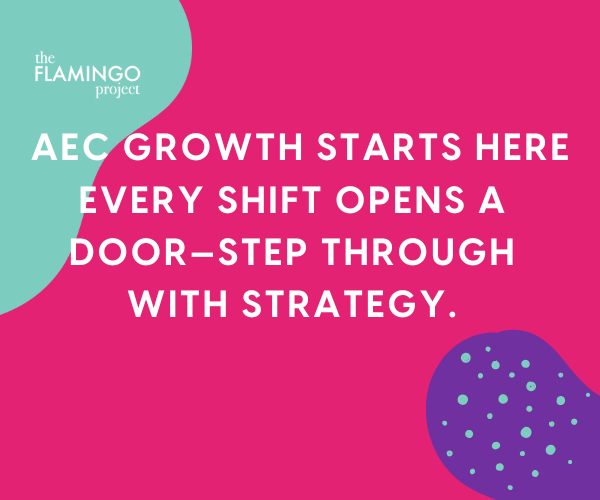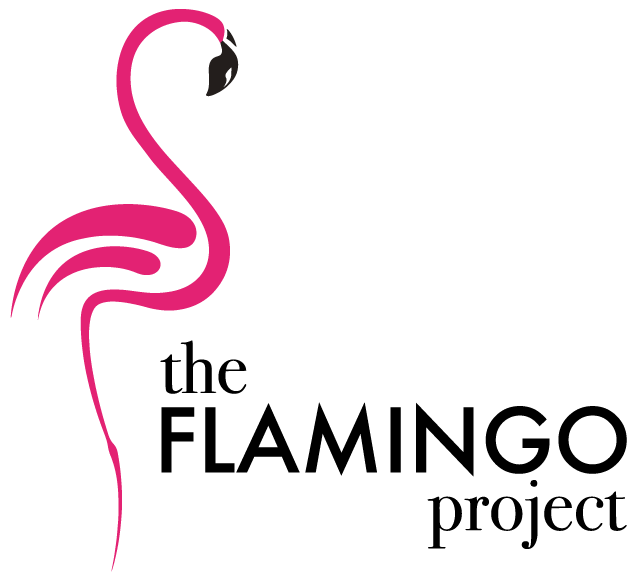Market shifts are nothing new in the A/E/C world. Some come quietly, others make a lot of noise, but all of them create ripples that affect how firms do business. The key is not to avoid shifts, it’s to understand where they hit your business and how you can respond with clarity and confidence.
At The Flamingo Project, we like to remind leaders that every disruption carries within it the possibility for growth. The opportunity is there, but you have to pause, step back, and ask the right questions. This is the heart of AEC business planning and growth strategy.
Step 1: Identify the level of impact
Not every market shift deserves the same response. The first question to ask is: At what level is this impacting our firm?
Strategic level: Some changes call for a company-wide response. For example, when a state authorizes a new construction method, firms may need to consider a whole new service line to stay competitive.
Regional or sector level: Other shifts affect certain geographies or markets more directly, such as changes in funding at the state level, a bond election, or tax incentives.
The key is matching the size of the response to the size of the shift. You can browse our Market Research Resources for ideas on how to evaluate whether a shift is isolated or systemic.

Every market shift carries within it the possibility for growth—
you just have to pause and ask the right questions.
Step 2: Assess your business exposure
Once you’ve identified where the shift hits, it’s time to look inward. Just as you would in your annual business planning process, review your:
- Operations
- Pipeline
- Backlog
- Future opportunities
Ask: Where are we exposed? What’s at risk?
For example, if state funding cuts cancel higher education projects, a portion of your BD chase list may disappear. But the need behind those projects, such as recruiting and retaining students hasn’t gone away. Understanding the “why” behind cancellations or delays opens the door to different solutions.

Step 3: Use a growth matrix to find opportunity
After identifying risks, shift the conversation toward possibility. Tools like the Growth Matrix can help leaders brainstorm opportunities, whether that means:
- Pivoting existing services to new clients
- Offering adjacent or complementary services
- Developing innovative solutions in response to scarcity or abundance
- Modular construction surged when material shortages and project backlogs slowed traditional building.
- Acoustics firms pivoted during the pandemic from designing for large venues to selling sound solutions for contractors working near residential areas.

Download the Growth Matrix
For firms seeking to enhance their AEC growth strategy, the Growth Matrix is a valuable tool for
identifying potential new opportunities.
Step 4: Shift your mindset from disruption to possibility

History shows that market disruption often sparks whole new service lines. In the 2000s, architecture firms expanded into bond planning to meet community needs. In the 2010s, modular construction emerged as a response to labor and supply challenges.
The mindset that unlocks these opportunities is simple: disruption is not the end of something, but the beginning of something else. The best ideas often emerge from collaboration with your leadership team, peers, and, most importantly, your clients. That collaboration is at the core of innovative business development in AEC.
For more inspiration, our blog Lean Vision: How AEC Firms Are Humanizing Strategy explores how firms are simplifying strategy and reconnecting vision to culture.
An evergreen framework for navigating market shifts
When the next shift comes—and it will—remember this framework:
- Identify the shift.
- Determine the level of impact.
- Assess your business exposure.
- Use tools like the Growth Matrix to find opportunities.
- Take action, refine, repeat.

The key is not avoiding market shifts...
…but knowing where they hit your business—and where opportunity hides. Check out our research resources for guidance.
Disruption is never comfortable, but it doesn’t have to stall progress. Navigating market shifts isn’t about waiting for stability—it’s about positioning your firm to lead in times of uncertainty.
At The Flamingo Project, we help A/E/C firms see beyond the disruption and find their following growth path. If your firm is feeling the impact of market shifts, we’d love to help you explore the opportunities hidden inside the challenges.
Connect with Sarah!
Curious about how these insights could shape your firm’s strategy? Sarah loves swapping ideas and helping leaders turn research into action.
Want more of this in your inbox?
Complete the form to sign up for our newsletter to stay up to date on AEC strategy, trends, and tools you can actually use.
Don’t miss future insights!


